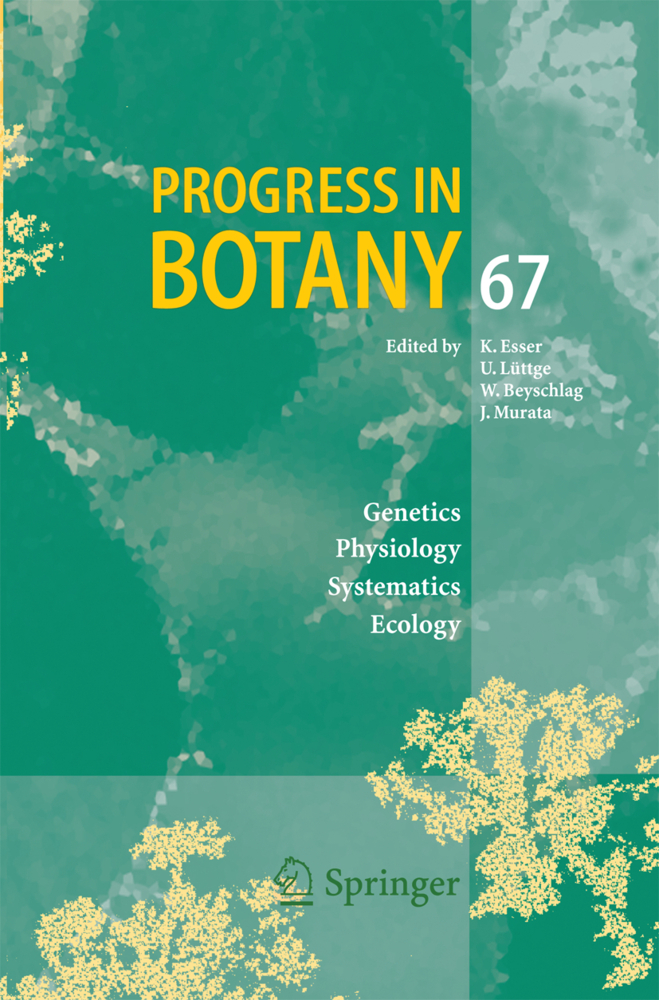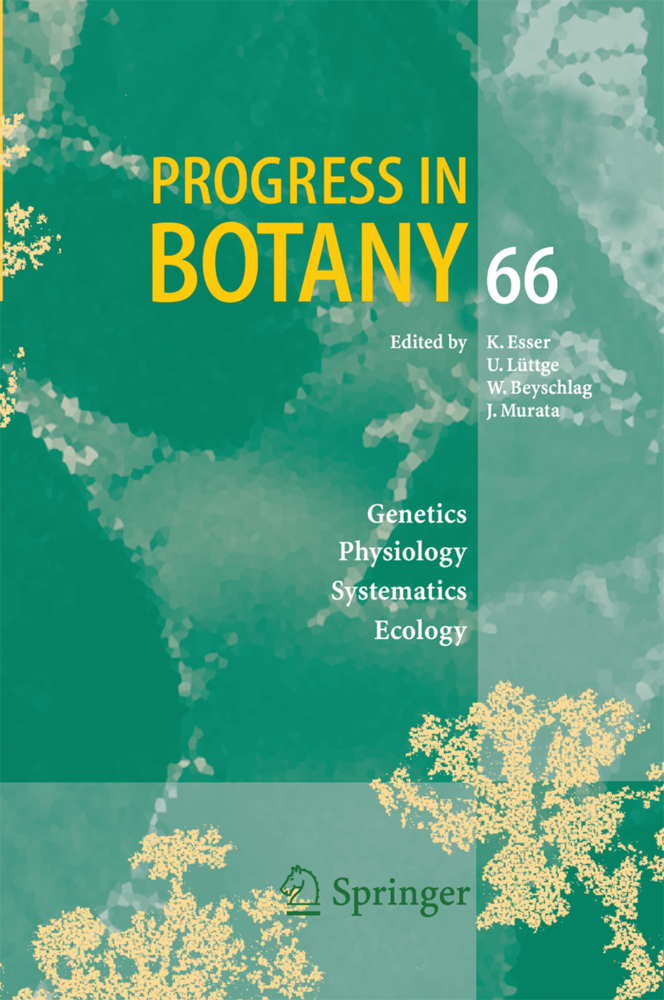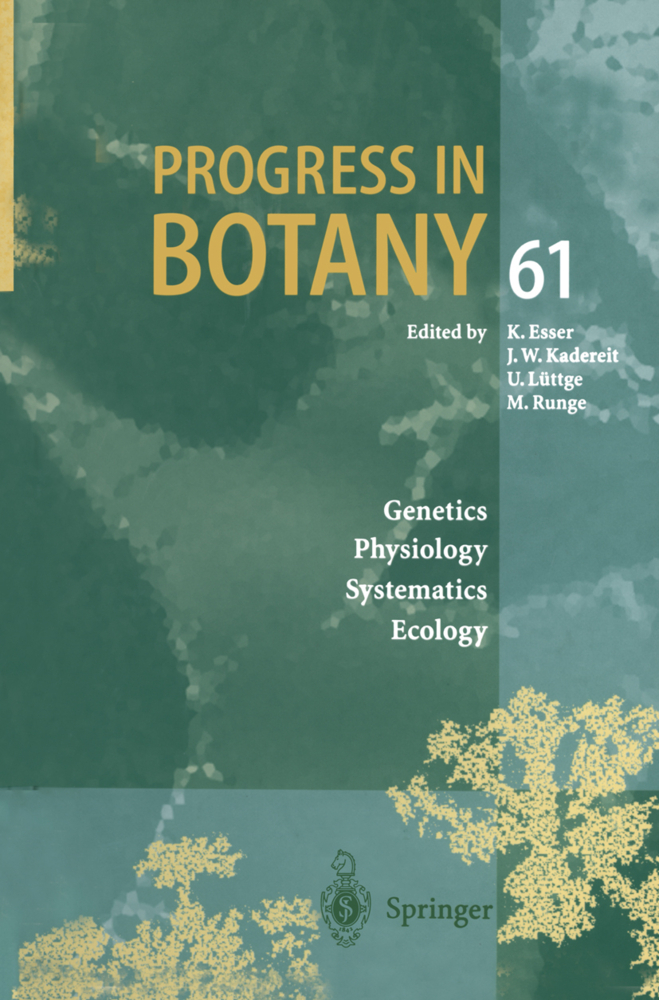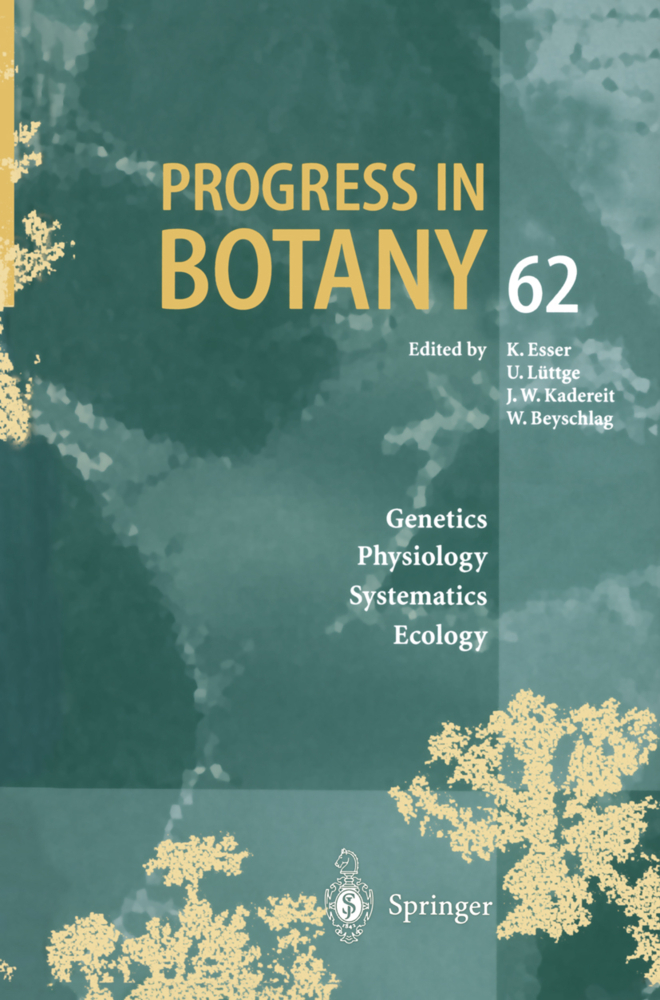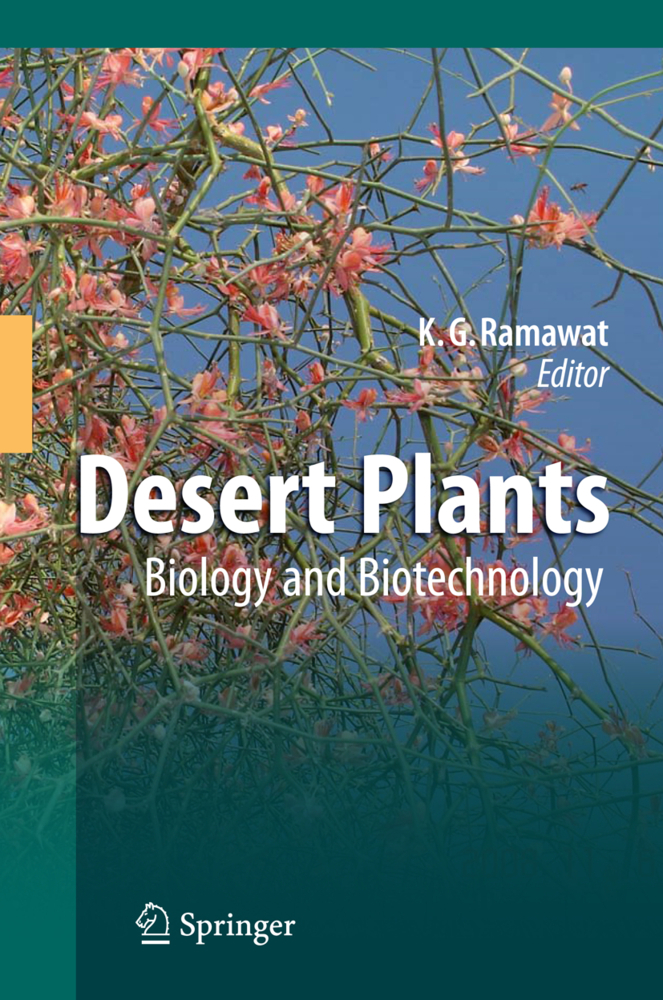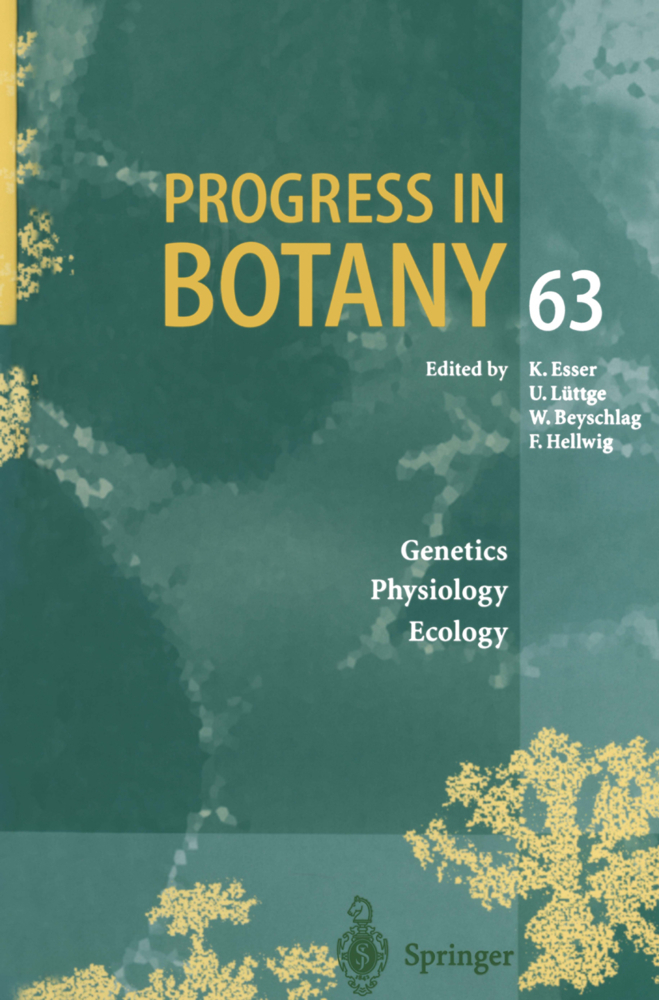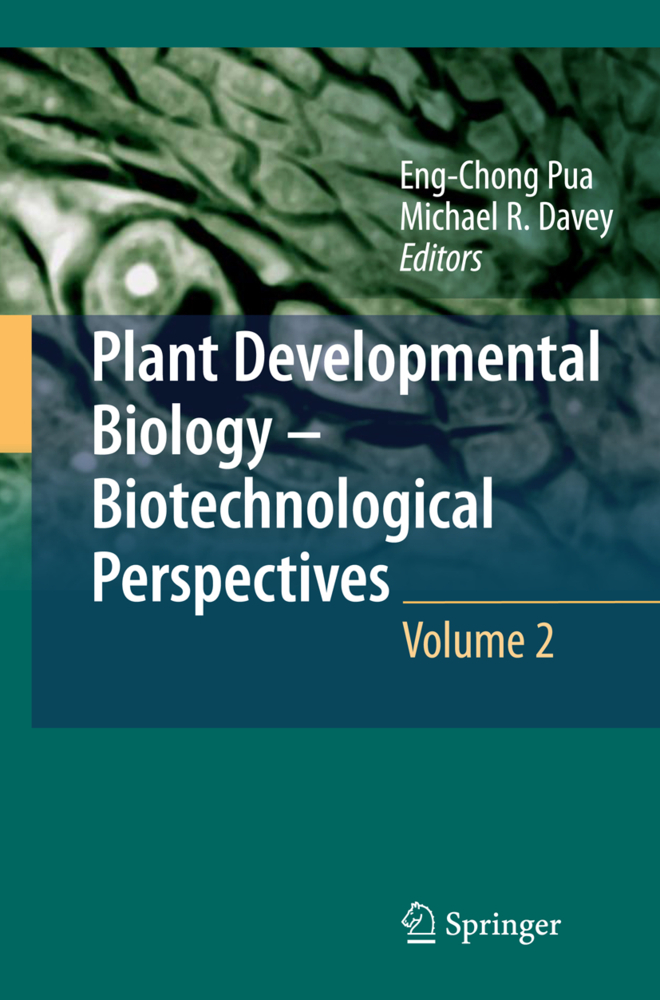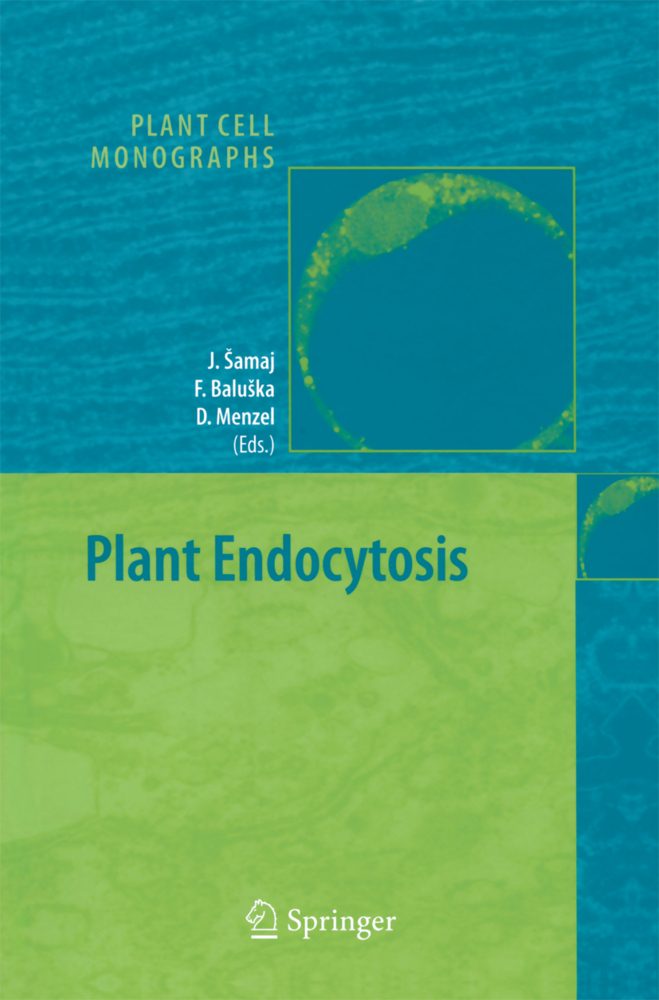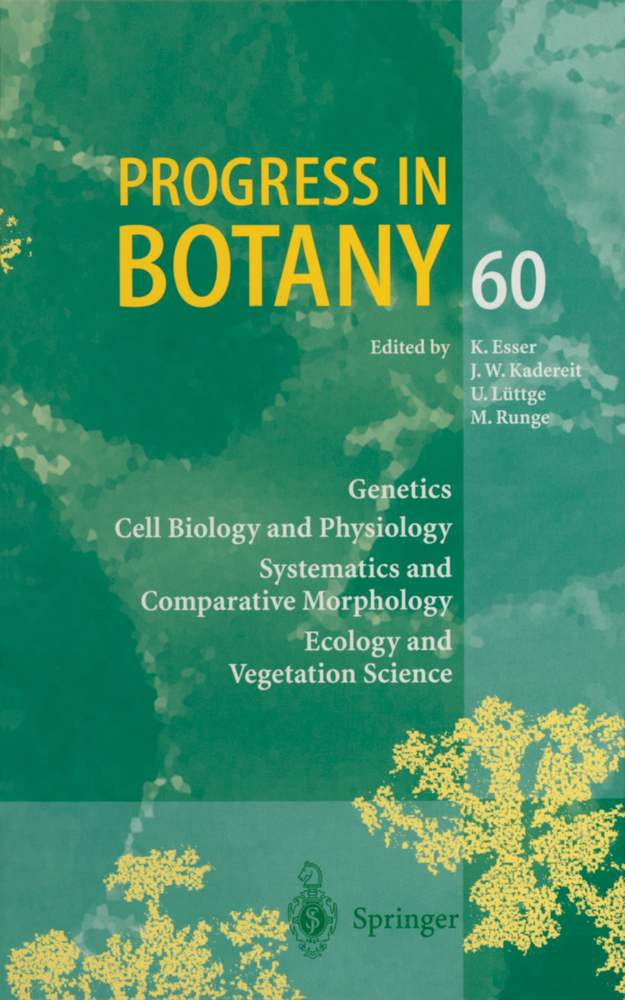Progress in Botany 67
Progress in Botany 67
Completing the primary genomic sequence of Arabidopsis thaliana was a major milestone, being the first plant genome and well established as the premiere model species in plant biology. Since working drafts of rice (Oryza sativa L.) genome became available (Yu et al. 2002), it has become the s- ond-best model organism in plants representing monocotyledons. Understanding how the genome sequence comprehensively encodes de- lopmental programs and environmental responses is the next major ch- lenge for all plant genome projects. This requires functional characterization of genes, including identification of regulatory sequences. Several functional genomics approaches were initiated to decode the linear sequence of the model plant Arabidopsis thaliana, including full-length cDNA collections, microarrays, natural variation, knockout collections, and comparative sequence analysis (Borevitz and Ecker 2004). Genomics provides the ess- tial tools to speed up the research work of the traditional molecular gene- cist, and is now a scientific discipline in its own right (Borevitz and Ecker 2004).
Function of genetic material: From genomics to functional markers in maize
Extranuclear inheritance: Gene transfer out of plastids
Molecular cell biology: Epigenetic gene silencing in plants
Genetics of phytopathology: Secondary metabolites as virulence determinants of fungal plant pathogens
Plant Breeding: MADS ways of memorizing winter: vernalization in weed and wheat
Biotechnology: Engineered male sterility in plant hybrid breeding
Membrane turnover in plants
Besides water: Functions of plant membrane intrinsic proteins and aquaporins
New insight into auxin perception, signal transduction and transport
New insights into abiotic stress signalling in plants
Genetically transformed root cultures - generation, properties and application in plant sciences
Molecular chaperones-holding and folding
Recent progress in floristic research in Korea
Recent progress in systematics in China
Structural determinants of leaf light-harvesting capacity and photosynthetic potentials
Recent trends in plant-ecological modelling: Species dynamics in grassland systems
Atmospheric carbon dioxide enrichment effects on ecosystems - experiments and the real world
Quaternary Palaeoecology: Central and South America, Antarctica and the Pacific Ocean Region
Biodiversity experiments - artificial constructions or heuristic tools?
Resource allocation in clonal plants.
Fascination with Chloroplasts and Chromosome Pairing
Recombination: Cytoplasmic male sterility and fertility restoration in higher plantsFunction of genetic material: From genomics to functional markers in maize
Extranuclear inheritance: Gene transfer out of plastids
Molecular cell biology: Epigenetic gene silencing in plants
Genetics of phytopathology: Secondary metabolites as virulence determinants of fungal plant pathogens
Plant Breeding: MADS ways of memorizing winter: vernalization in weed and wheat
Biotechnology: Engineered male sterility in plant hybrid breeding
Membrane turnover in plants
Besides water: Functions of plant membrane intrinsic proteins and aquaporins
New insight into auxin perception, signal transduction and transport
New insights into abiotic stress signalling in plants
Genetically transformed root cultures - generation, properties and application in plant sciences
Molecular chaperones-holding and folding
Recent progress in floristic research in Korea
Recent progress in systematics in China
Structural determinants of leaf light-harvesting capacity and photosynthetic potentials
Recent trends in plant-ecological modelling: Species dynamics in grassland systems
Atmospheric carbon dioxide enrichment effects on ecosystems - experiments and the real world
Quaternary Palaeoecology: Central and South America, Antarctica and the Pacific Ocean Region
Biodiversity experiments - artificial constructions or heuristic tools?
Resource allocation in clonal plants.
Esser, Karl
Lüttge, Ulrich
Beyschlag, Wolfram
Murata, Jin
| ISBN | 978-3-642-44202-5 |
|---|---|
| Artikelnummer | 9783642442025 |
| Medientyp | Buch |
| Copyrightjahr | 2014 |
| Verlag | Springer, Berlin |
| Umfang | XIX, 570 Seiten |
| Abbildungen | XIX, 570 p. |
| Sprache | Englisch |

